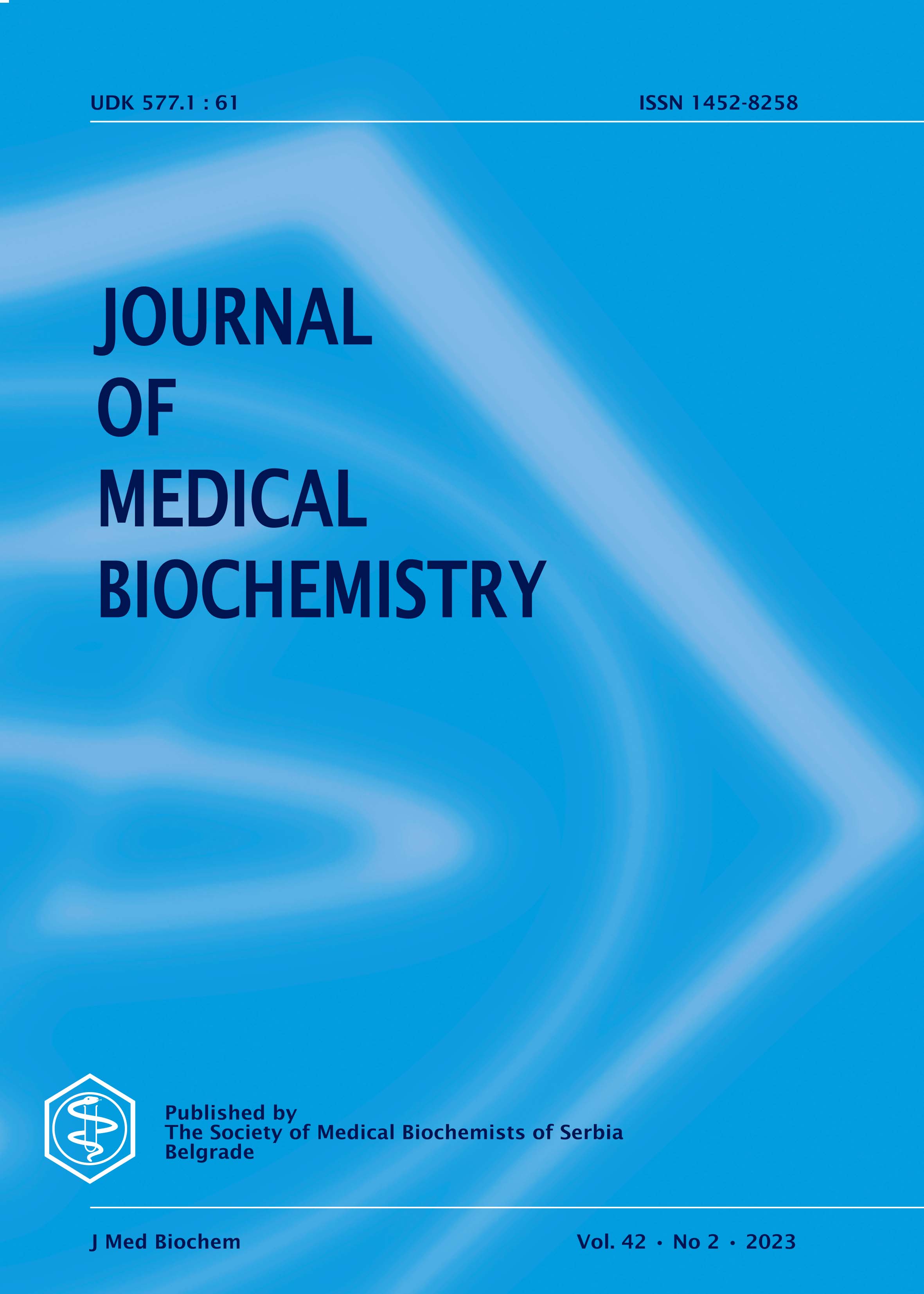LINC00467 induces melanoma deterioration by targeting miR-485-5p/P21 Activated Kinase 1
Role of LINC00467 in melanoma
Abstract
Background: The purpose of the current research was to investigate the biological roles of LINC00467 in inducing melanoma deterioration.
Methods: Differential level of LINC00467 in melanoma tissues and its prognostic value were analyzed in GEPIA, which were further confirmed in clinical samples we collected. Regulatory effects of LINC00467 on proliferation, migration and invasion capacities of A375 and SKMEL1 cell lines were examined by a series of functional experiments. Potential downstream targets of LINC00467 were identified through dual-luciferase reporter assay, and their synergistic role in melanoma process was finally explored by rescue experiments.
Results: LINC00467 was up-regulated in melanoma samples, but it did not have a prognostic potential in melanoma. LINC00467 has the capacities to stimulate proliferation, migration and invasion of A375 and SKMEL1 cell lines. The feedback loop LINC00467/miR-485-5p/PAK1 was identified, which was responsible for inducing melanoma deterioration.
Conclusions: LINC00467 stimulates proliferation, migration and invasion capacities of melanoma via targeting miR-485-5p to upregulate PAK1, which provides potential targets for treatment of melanoma.
References
2. Baetz TD, Fletcher GG, Knight G, McWhirter E, Rajagopal S, Song X, et al. Systemic adjuvant therapy for adult patients at high risk for recurrent melanoma: A systematic review. Cancer Treat Rev 2020; 87: 102032.
3. Benderli CY. Combination of radiotherapy and vemurafenib in malignant melanoma. J Buon 2019; 24(3): 1312-3.
4. Li C, Liu T, Liu B, Hernandez R, Facelli JC, Grossman D. A novel CDKN2A variant (p16(L117P) ) in a patient with familial and multiple primary melanomas. Pigment Cell Melanoma Res 2019; 32(5): 734-8.
5. Xu S, Gong Y, Yin Y, Xing H, Zhang N. The multiple function of long noncoding RNAs in osteosarcoma progression, drug resistance and prognosis. Biomed Pharmacother 2020; 127: 110141.
6. Connerty P, Lock RB, de Bock CE. Long Non-coding RNAs: Major Regulators of Cell Stress in Cancer. Front Oncol 2020; 10: 285.
7. Schulte C, Barwari T, Joshi A, Zeller T, Mayr M. Noncoding RNAs versus Protein Biomarkers in Cardiovascular Disease. Trends Mol Med 2020; 26(6): 583-96.
8. Huang Z, Zhou JK, Peng Y, He W, Huang C. The role of long noncoding RNAs in hepatocellular carcinoma. Mol Cancer 2020; 19(1): 77.
9. Sedano MJ, Harrison AL, Zilaie M, Das C, Choudhari R, Ramos E, et al. Emerging Roles of Estrogen-Regulated Enhancer and Long Non-Coding RNAs. Int J Mol Sci 2020; 21(10): 3711.
10. Testori A, Ribero S, Bataille V. Diagnosis and treatment of in-transit melanoma metastases. Eur J Surg Oncol 2017; 43(3): 544-60.
11. Hartman ML, Czyz M. MITF in melanoma: mechanisms behind its expression and activity. Cell Mol Life Sci 2015; 72(7): 1249-60.
12. Shain AH, Bastian BC. From melanocytes to melanomas. Nat Rev Cancer 2016; 16(6): 345-58.
13. Chen Y, Ding Y. LINC00467 enhances head and neck squamous cell carcinoma progression and the epithelial-mesenchymal transition process via miR-299-5p/ubiquitin specific protease-48 axis. J Gene Med 2020; 22(7): e3184.
14. Wang H, Guo Q, Nampoukime KB, Yang P, Ma K. Long non-coding RNA LINC00467 drives hepatocellular carcinoma progression via inhibiting NR4A3. J Cell Mol Med 2020; 24(7): 3822-36.
15. He X, Li S, Yu B, Kuang G, Wu Y, Zhang M, et al. Up-regulation of LINC00467 promotes the tumourigenesis in colorectal cancer. J Cancer 2019; 10(25): 6405-13.
16. Yang J, Liu Y, Mai X, Lu S, Jin L, Tai X. STAT1-induced upregulation of LINC00467 promotes the proliferation migration of lung adenocarcinoma cells by epigenetically silencing DKK1 to activate Wnt/beta-catenin signaling pathway. Biochem Biophys Res Commun 2019; 514(1): 118-26.
17. Ding H, Luo Y, Hu K, Liu P, Xiong M. Linc00467 promotes lung adenocarcinoma proliferation via sponging miR-20b-5p to activate CCND1 expression. Onco Targets Ther 2019; 12: 6733-43.
18. Li GC, Xin L, Wang YS, Chen Y. Long Intervening Noncoding 00467 RNA Contributes to Tumorigenesis by Acting as a Competing Endogenous RNA against miR-107 in Cervical Cancer Cells. Am J Pathol 2019; 189(11): 2293-310.
19. Kim JH, Choi HS, Kim SL, Lee DS. The PAK1-Stat3 Signaling Pathway Activates IL-6 Gene Transcription and Human Breast Cancer Stem Cell Formation. Cancers (Basel) 2019; 11(10): 1527.
20. Li X, Zhu J, Liu Y, Duan C, Chang R, Zhang C. MicroRNA-331-3p inhibits epithelial-mesenchymal transition by targeting ErbB2 and VAV2 through the Rac1/PAK1/beta-catenin axis in non-small-cell lung cancer. Cancer Sci 2019; 110(6): 1883-96.
21. Zhou Y, Zhang J, Wang J, Cheng MS, Zhao DM, Li F. Targeting PAK1 with the Small Molecule Drug AK963/40708899 Suppresses Gastric Cancer Cell Proliferation and Invasion by Downregulation of PAK1 Activity and PAK1-Related Signaling Pathways. Anat Rec (Hoboken) 2019; 302(9): 1571-9.
22. Liang J, Han B, Zhang Y, Yue Q. Numb inhibits cell proliferation, invasion, and epithelial-mesenchymal transition through PAK1/beta-catenin signaling pathway in ovarian cancer. Onco Targets Ther 2019; 12: 3223-33.
Copyright (c) 2022 Zhoujing Ji, Jie Zhang, Lili Zhang, Shengju Yang, Yangcheng Li, Lixiong Gu

This work is licensed under a Creative Commons Attribution 4.0 International License.
The published articles will be distributed under the Creative Commons Attribution 4.0 International License (CC BY). It is allowed to copy and redistribute the material in any medium or format, and remix, transform, and build upon it for any purpose, even commercially, as long as appropriate credit is given to the original author(s), a link to the license is provided and it is indicated if changes were made. Users are required to provide full bibliographic description of the original publication (authors, article title, journal title, volume, issue, pages), as well as its DOI code. In electronic publishing, users are also required to link the content with both the original article published in Journal of Medical Biochemistry and the licence used.
Authors are able to enter into separate, additional contractual arrangements for the non-exclusive distribution of the journal's published version of the work (e.g., post it to an institutional repository or publish it in a book), with an acknowledgement of its initial publication in this journal.

